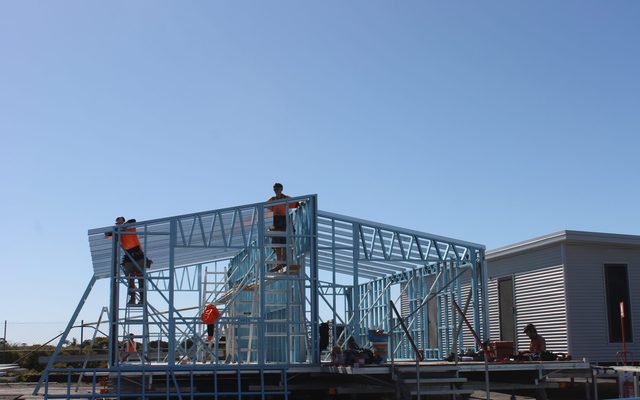This article is from the Australian Property Journal archive
THE Queensland government has opened up a popular program that helps low-income earners living in cyclone-prone coastal communities to make older homes stronger and safer for a new phase of funding.
The Household Resilience Program has been expanded to fund up to 80% of approved resilience works for low-income Northern Queensland homeowners to carry out the works to protect their homes.
The next phase increases the maximum available assistance to $15,000, with a minimum homeowner contribution of 20%, which the Miles government said is to help with cost-of-living and reflecting building industry challenges such as rising materials costs.
The program’s first three funding phases provided up to $11,250 to help cover 75% of the costs of approved works such as roof upgrades, garage door replacements, upgrading external structures, solid core doors as well as the installation of cyclone shutters or window screens.
The new phase is funded through a $20 million commitment from the Albanese government’s flagship Disaster Ready Fund and builds on over $50 million of Queensland government investment to date.
It follows the end of the cyclone season and is expected to enable resilience works for more homes within 50 kilometres of the coastline between Bundaberg and the border of Queensland and the Northern Territory.
“Queensland has experienced over 100 major disaster events since 2011 and the science tells us they are increasing in both frequency and severity,” said Queensland Minister for Housing, Local Government, Planning and Public Works Meaghan Scanlon.
“We’re not only building more homes through our Homes for Queenslanders plan, we’re also making homes more resilient and helping Queenslanders with the cost of living.”
Since the initiative began in 2018, financial assistance has been provided to more than 4,400 Queensland households to help ensure houses built prior to 1984 are better able to withstand severe weather. Those who have had works approved and who have negotiated with their insurers have reported average premium savings of 9%, the Queensland government said.
Minister for Fire and Disaster Recovery Nikki Boyd said many of the low-income households who have received this assistance to date are aged over 55, a third are aged over 65, and up to 10% are uninsured.
More than 2,000 households have registered their interest in applying for this next program phase, which will remain open until funding is exhausted.




